How do Hurricanes get their Names?
According to Accuweather and CBS Kids News, before the process even begins, a storm must exhibit sustained winds of 73 mph to be considered an official hurricane. Storms with winds of 39-72 mph are considered tropical depressions, which are not usually given names.
Hurricanes are given pre-determined names so that officials can communicate clearly about them with the public.
According to the National Hurricane Centre (NHC) in the United States, the name process started in 1953 when women’s names were given to hurricanes. In1978 men’s names were introduced.
Hurricanes that occur in the Atlantic basin are named based upon six, alphabetized, 21-name lists (Q, U, X, Y and Z are all skipped). The list cycles on a 6 year rotation, so every seventh year, the process reverts back to the first list. In some certain situations when more than 21 storms occur within a single hurricane season, as in 2005, the Greek alphabet is utilized to name the remaining storms.
Hurricanes that occur in the Eastern Pacific basin use the same system but the list consists of 24 names (only Q and U are skipped this time). Different names are also utilized for each letter to better represent the traditions of that particular region.
Hurricanes that occur in the outlier, which is the Central North Pacific basin, are named based on four, 12-name lists. Rather than cycle through the lists year by year like the other two basins, the Central North Pacific goes through the names one by one, starting a new list only when the bottom of the previous is reached.
Some names are retired and removed from the list a storm particularly devastating. For example, names such as Katrina, Sandy, and Juan have all been retired and replaced with new names.
Unfortunately, Katrina could make a comeback since retired names can be revived after 10 years.
The name Ian will likely be retired, but most of the other names on the 2022 hurricane list will come around in 2028.
Your donation will support the student journalists of St. John Neumann Catholic High School. Your contribution will allow us to purchase equipment and cover our annual website hosting costs.

Hey, my name is Zoe Bartels and I’m a senior here at St. John Neumann. I’ve attended SJN for four
years now and counting down the days to graduation....

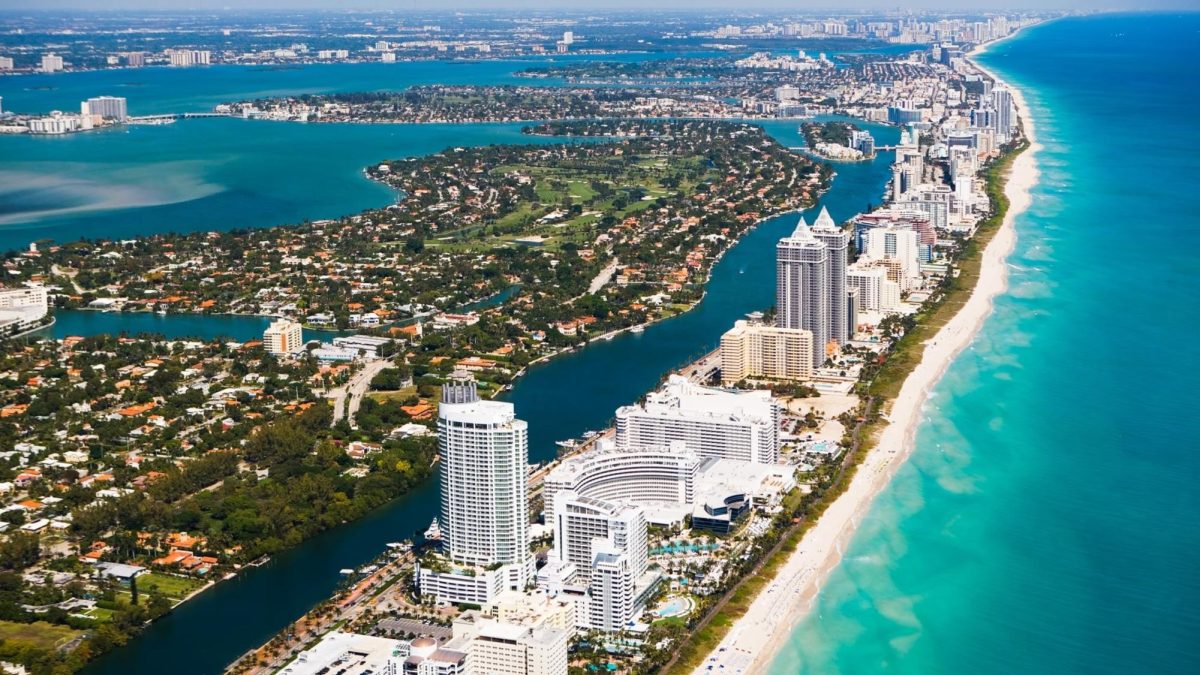
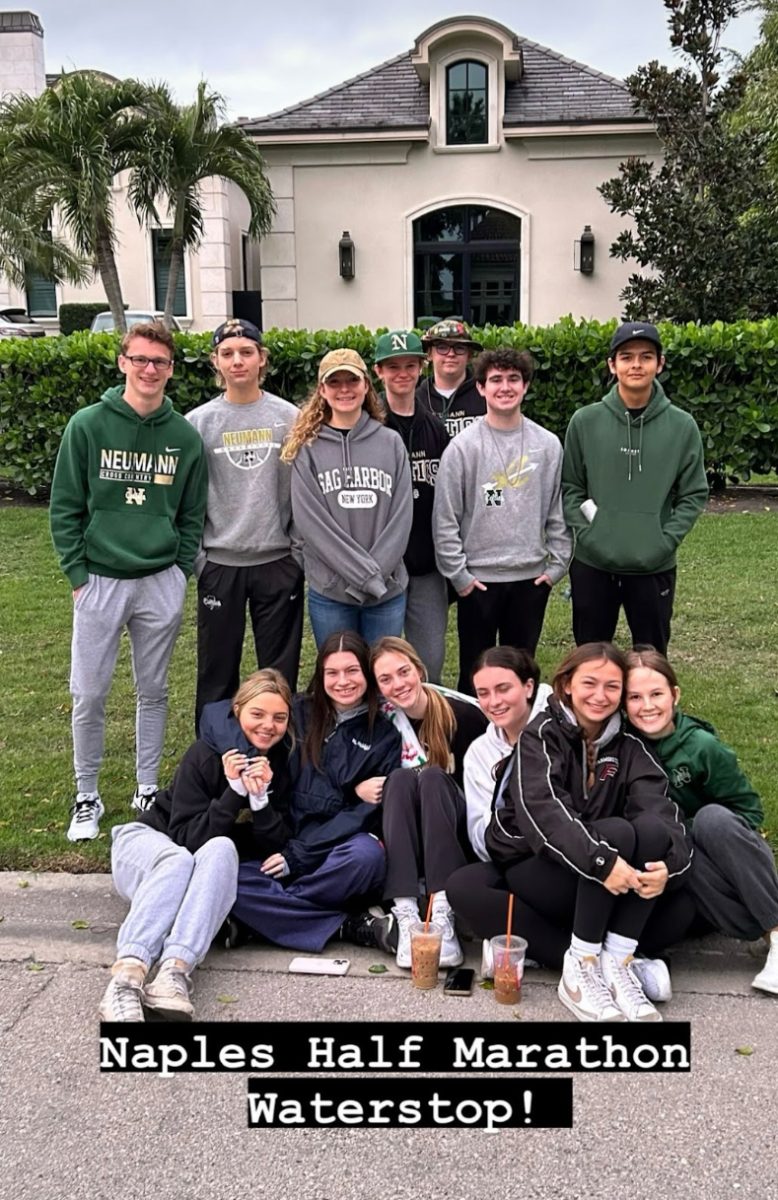
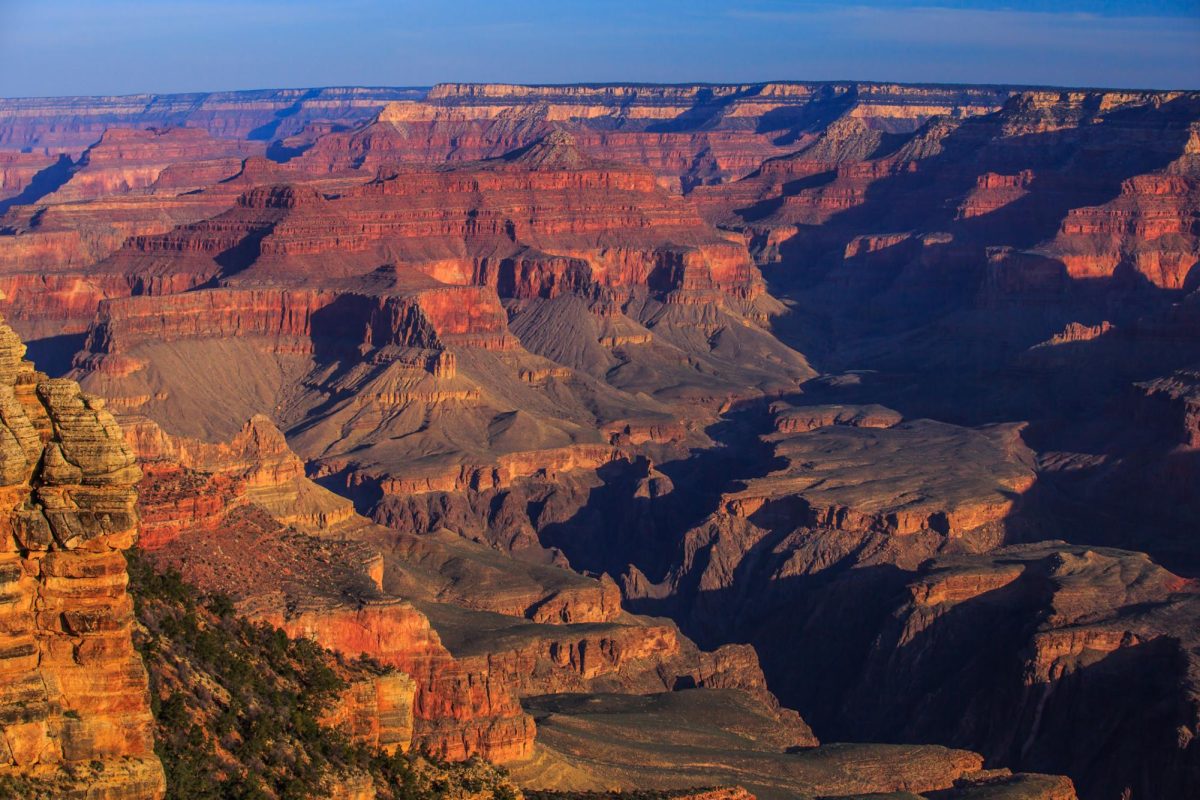
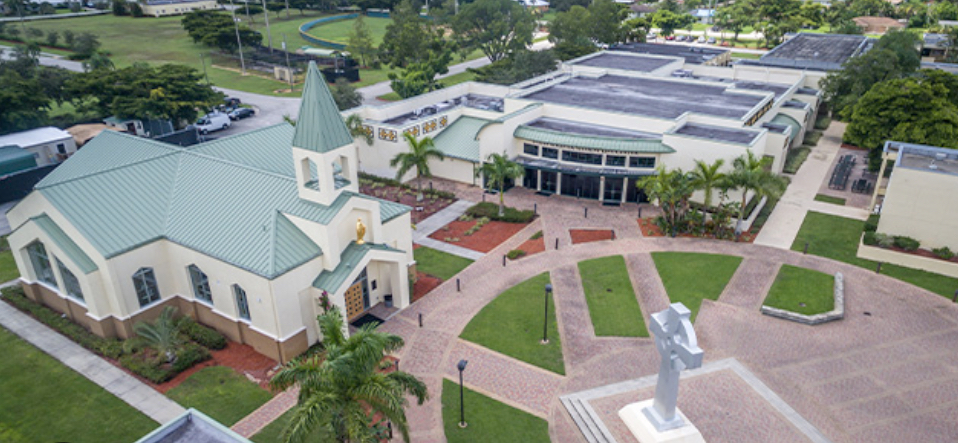
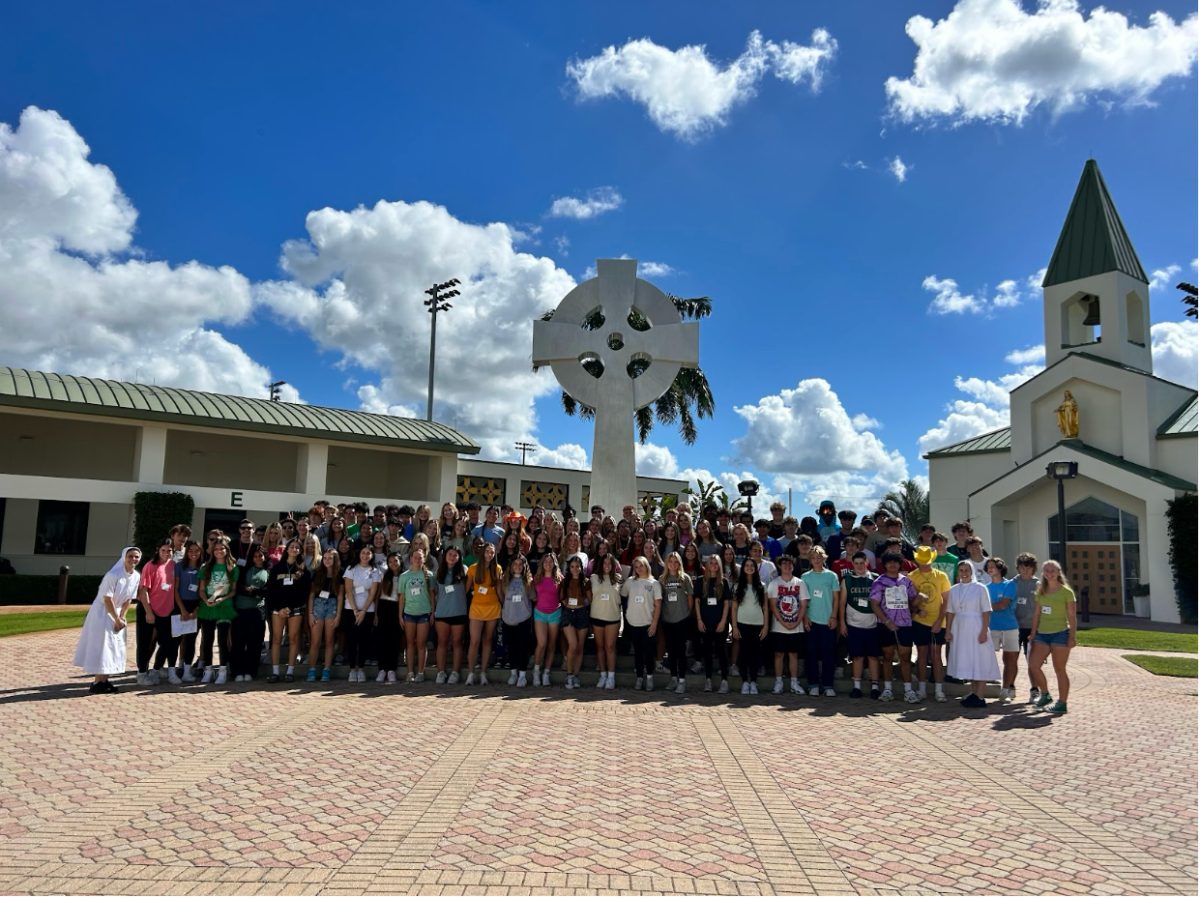
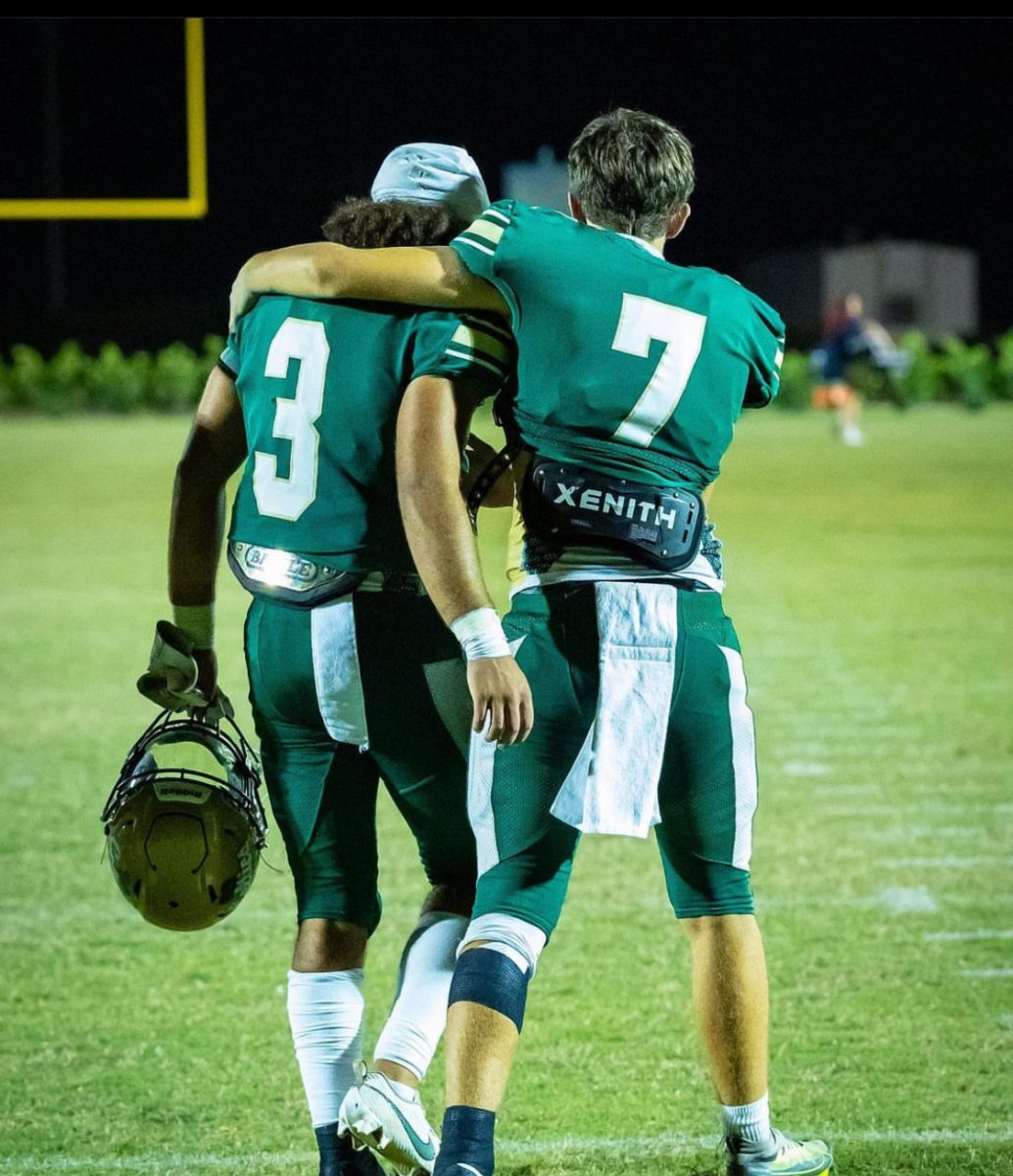
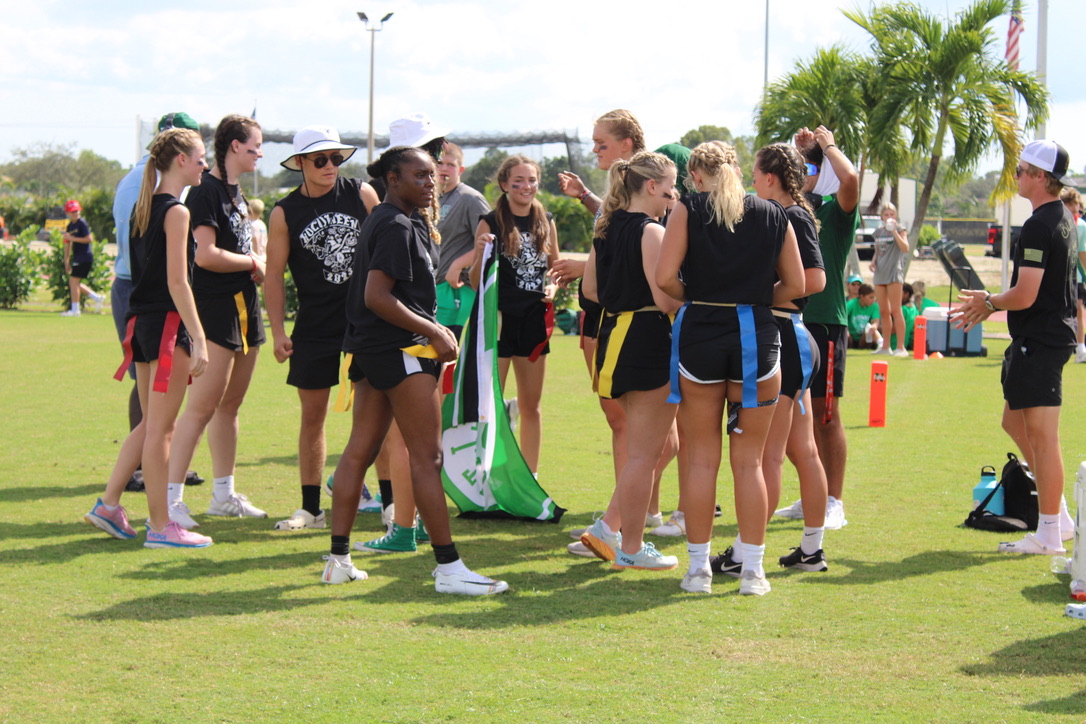
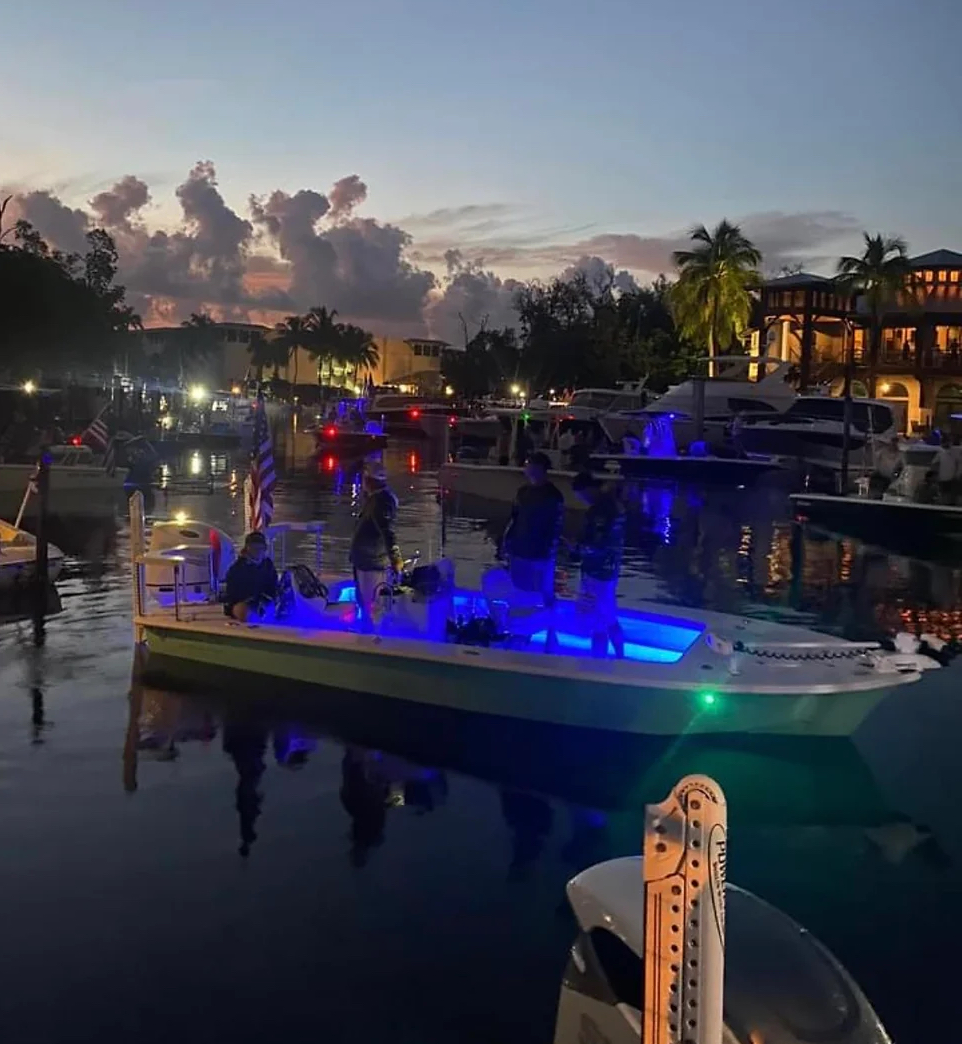
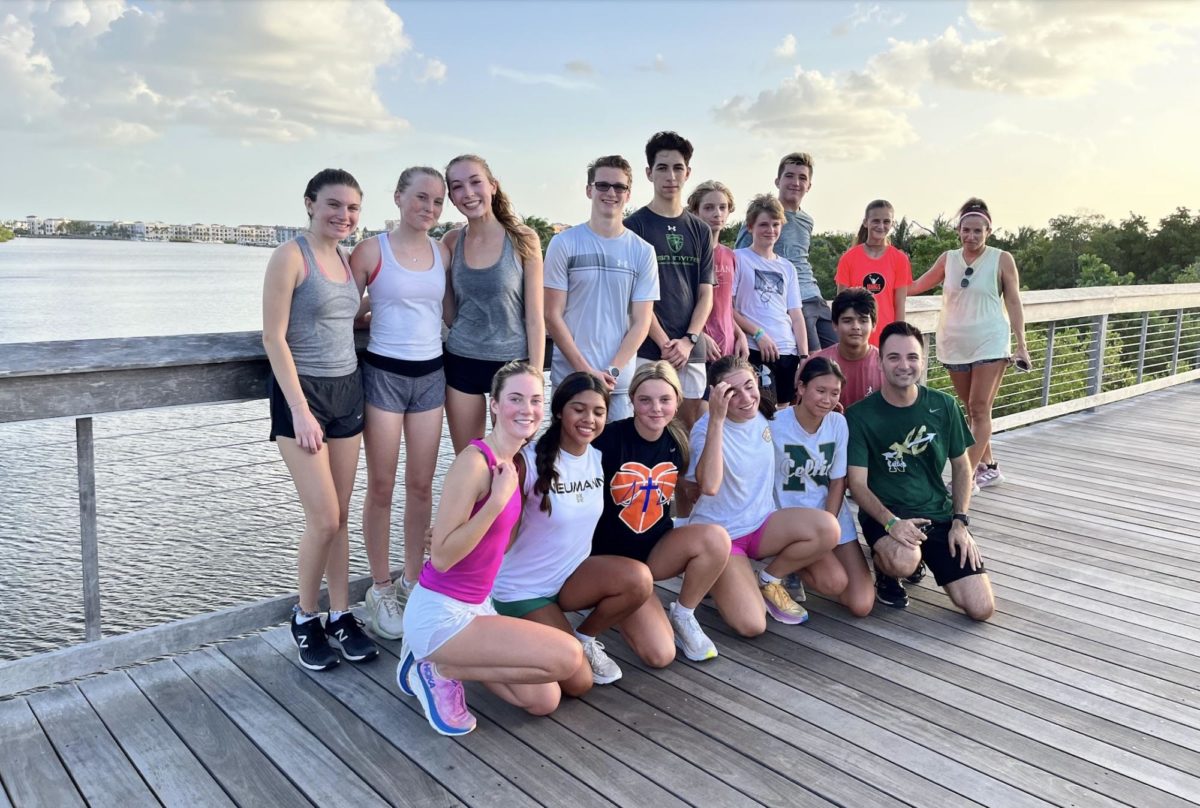
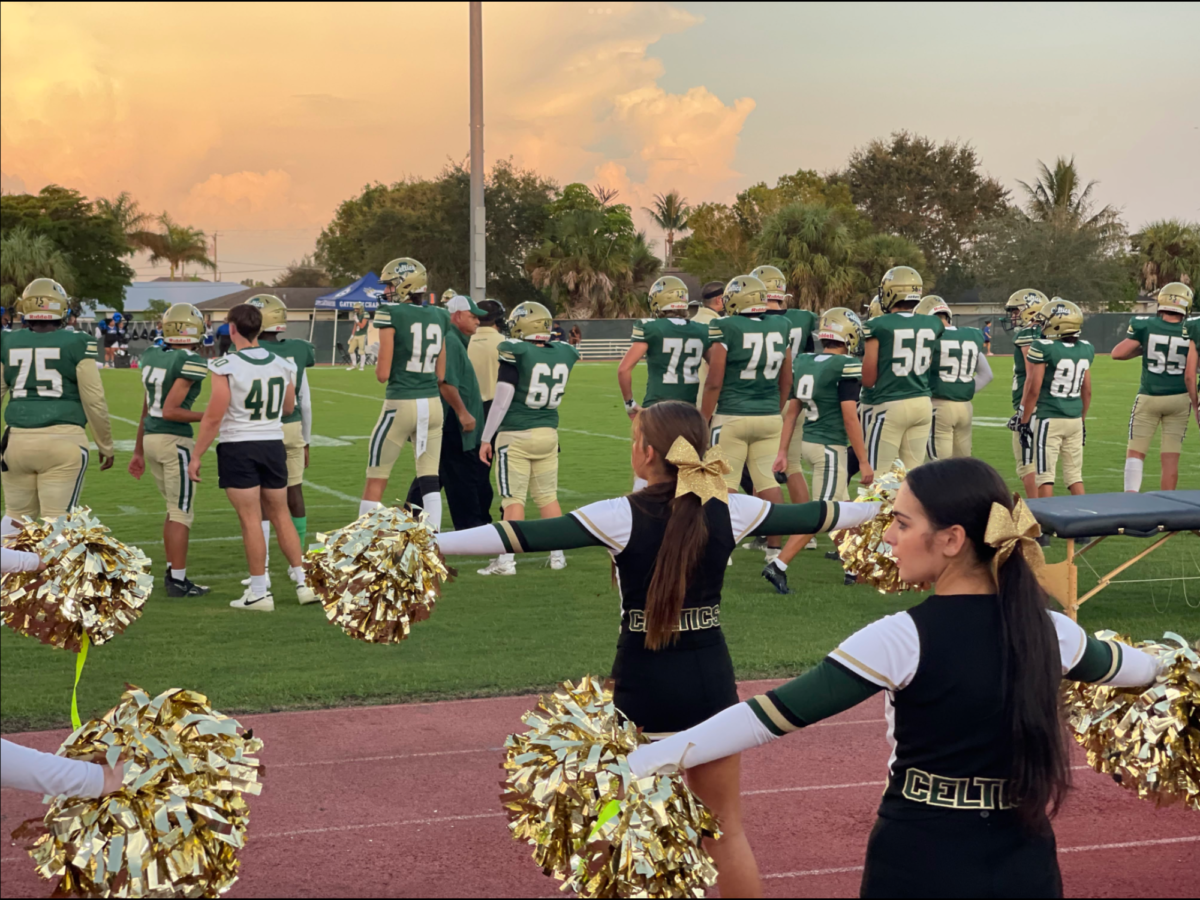
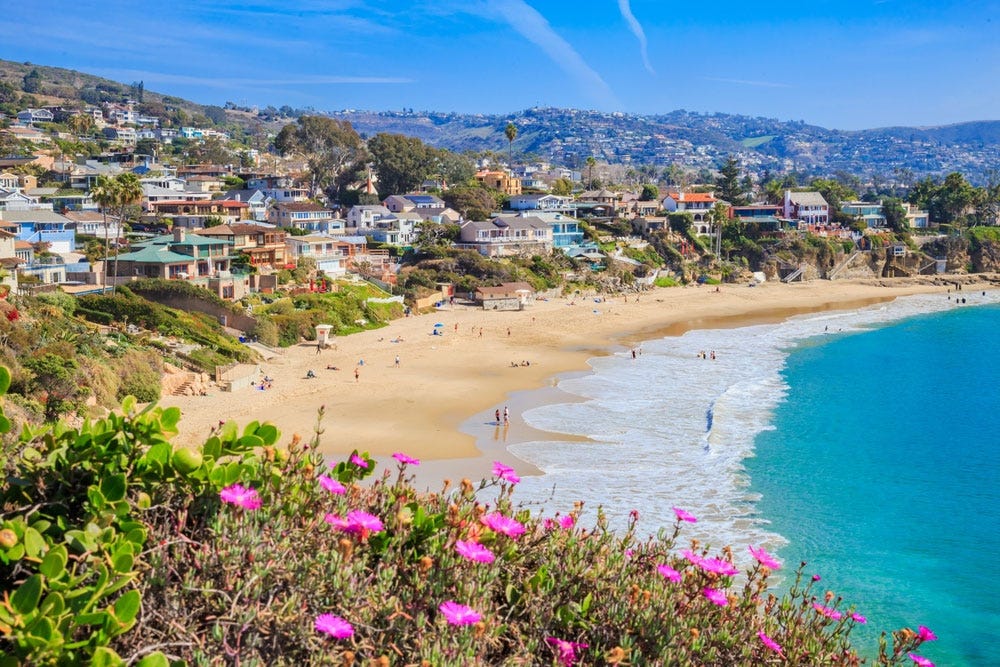


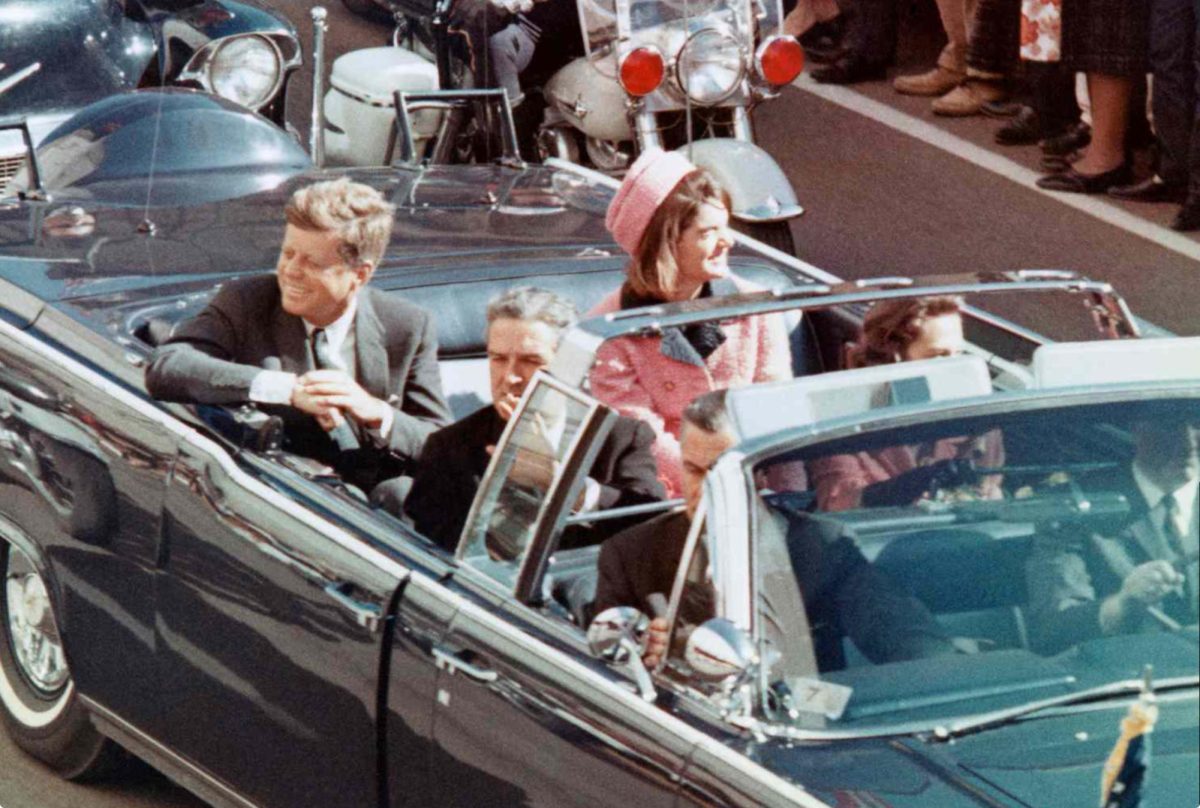


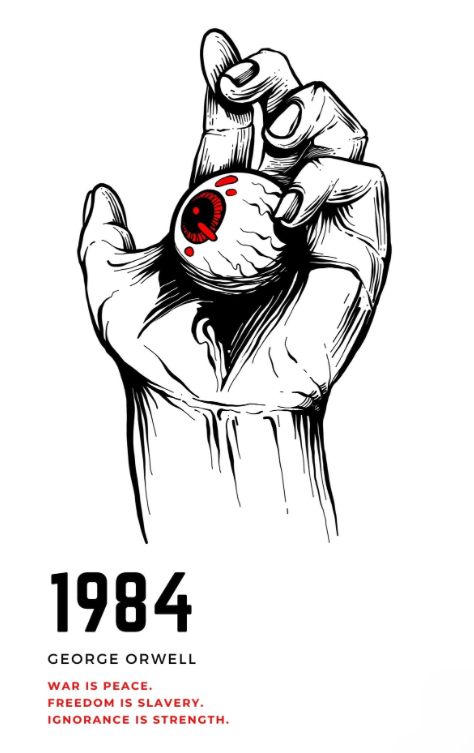


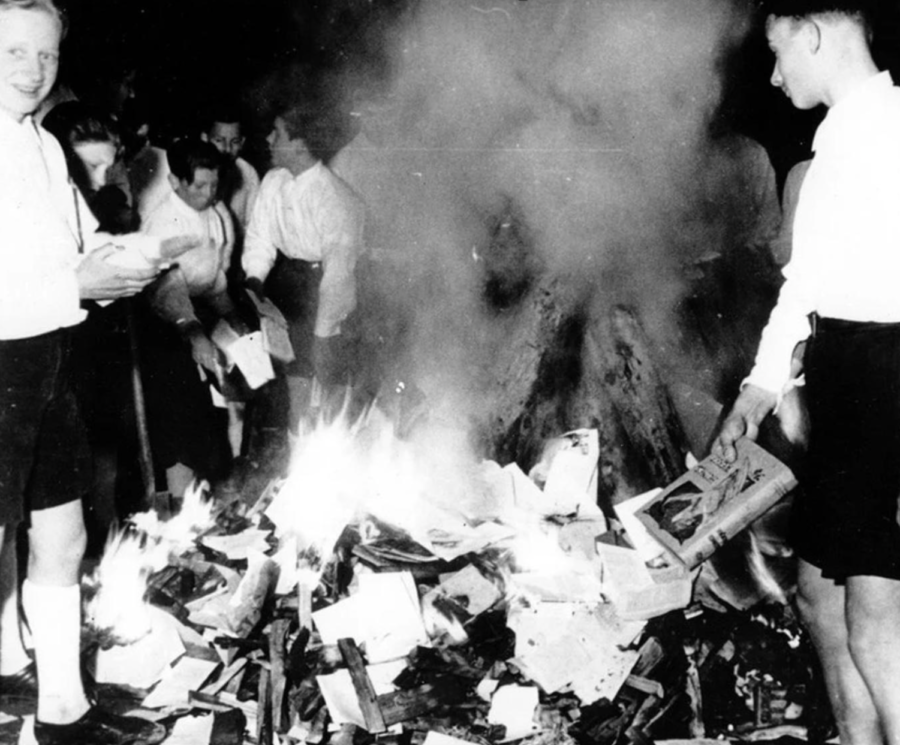
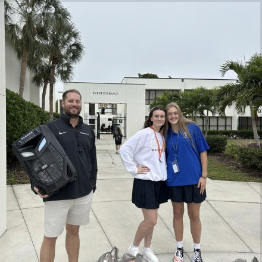

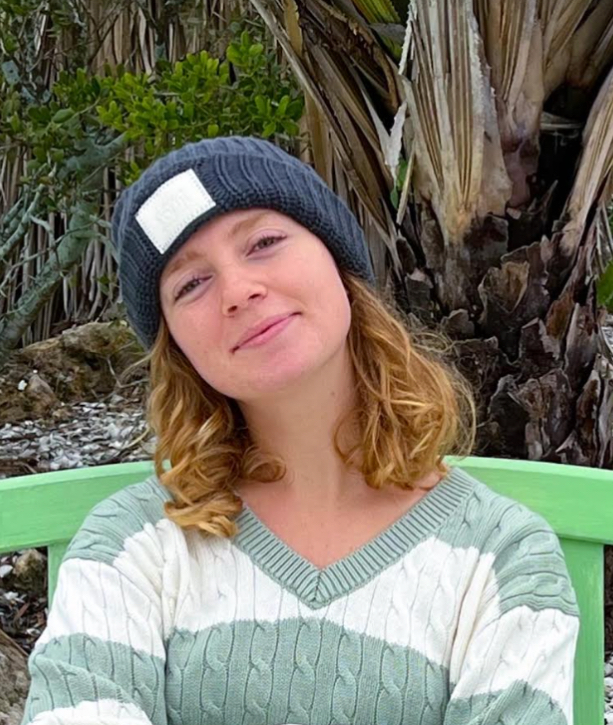

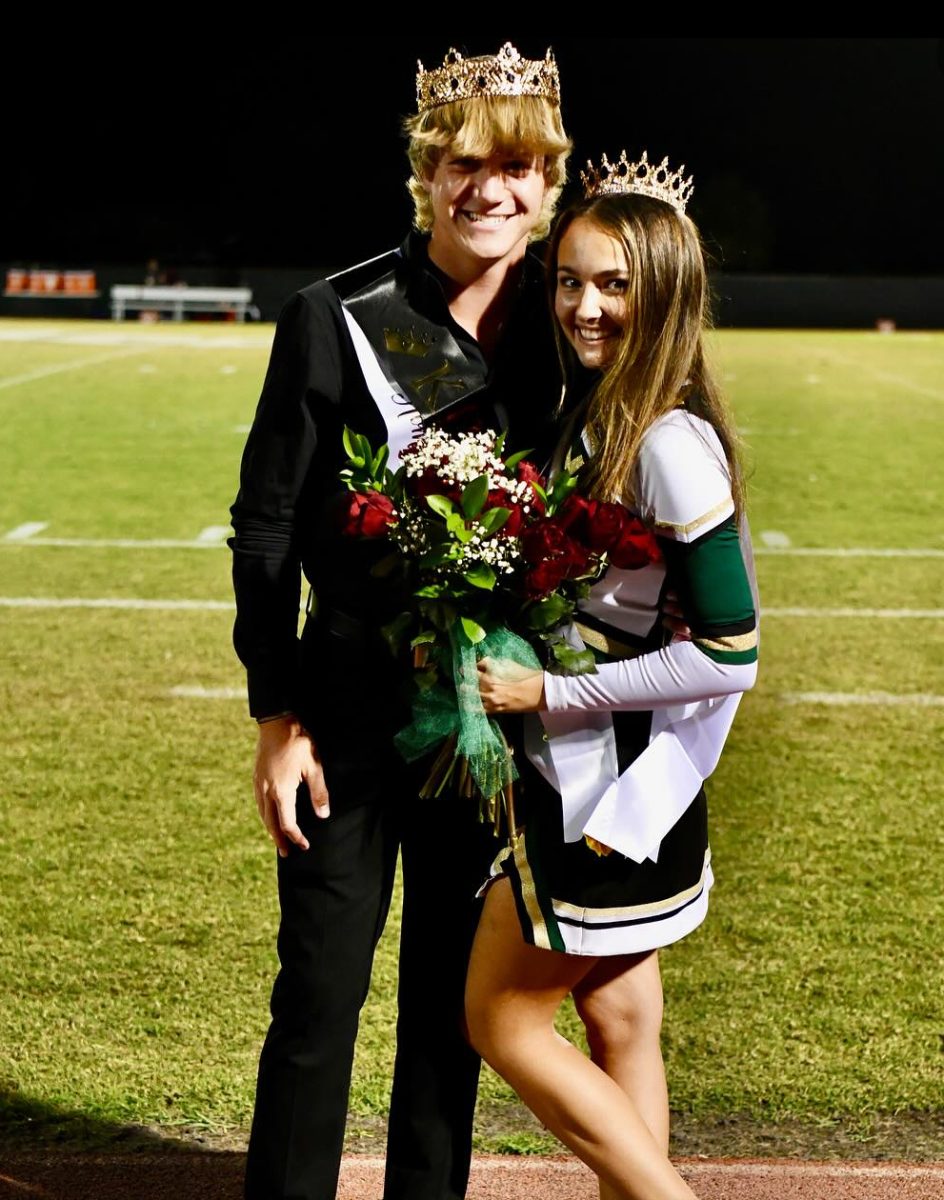
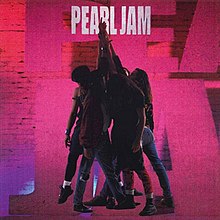


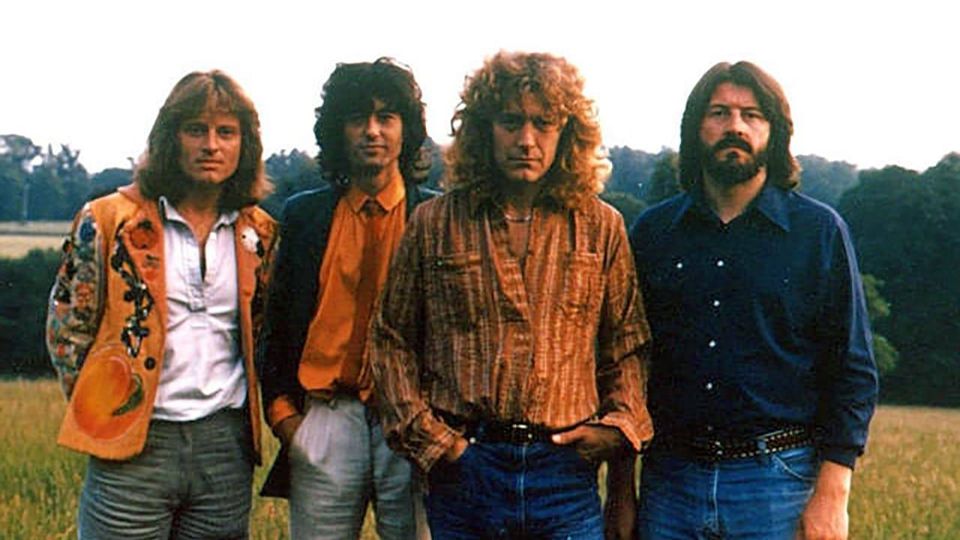

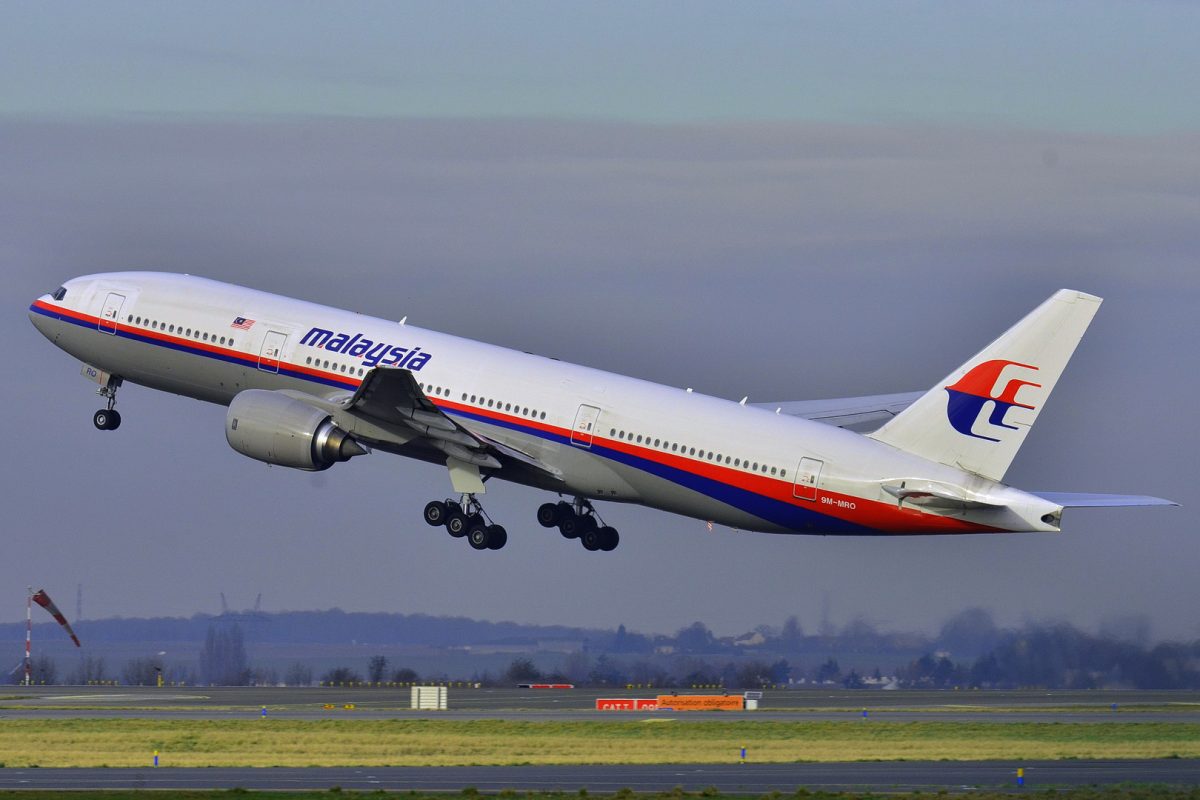
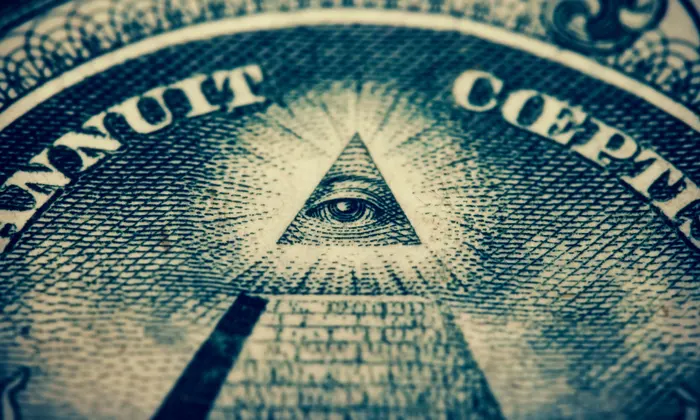
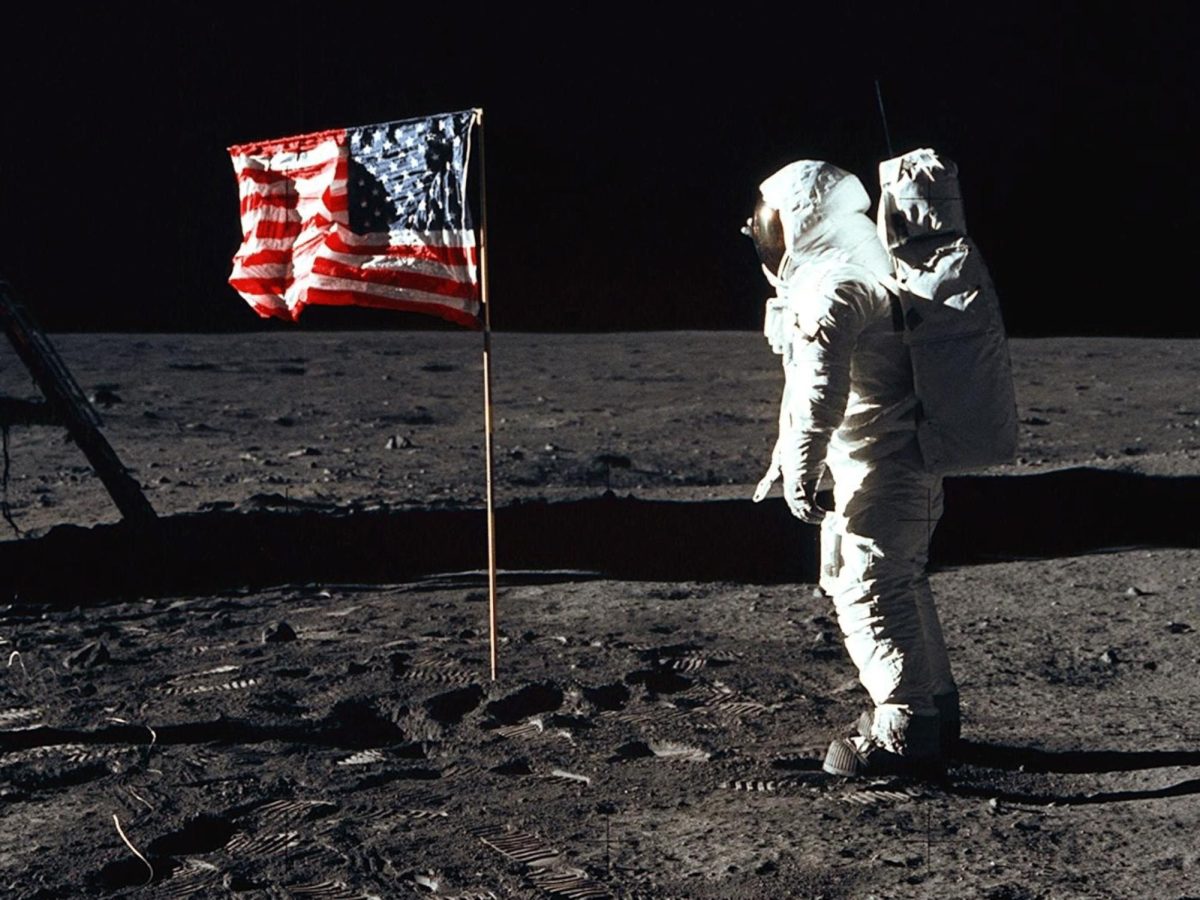



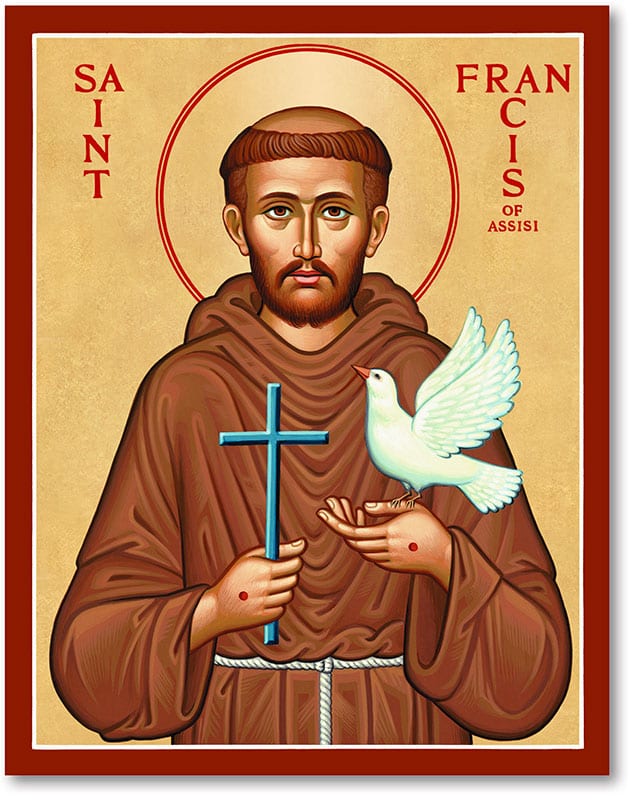

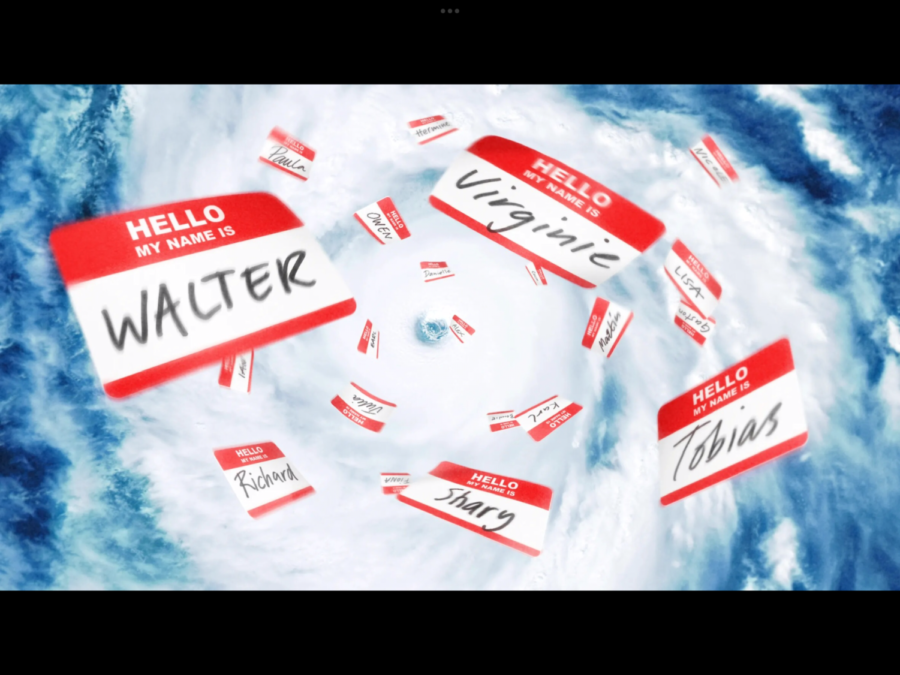
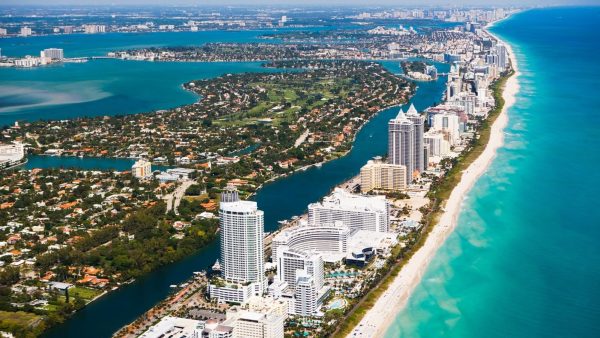
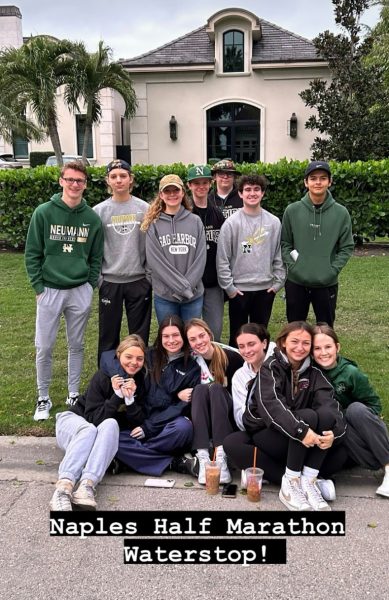
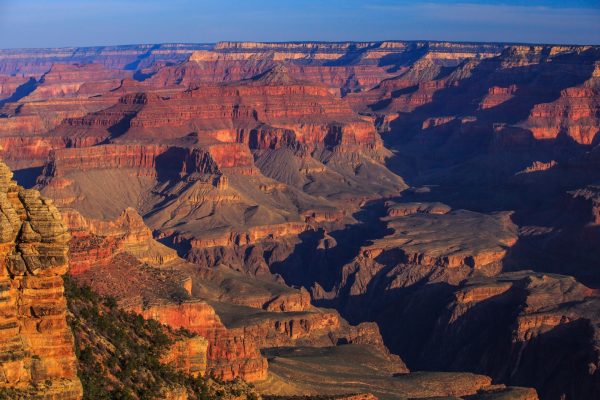
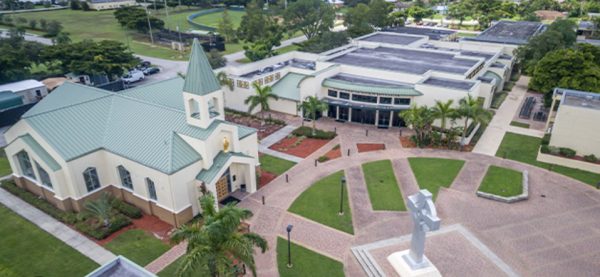
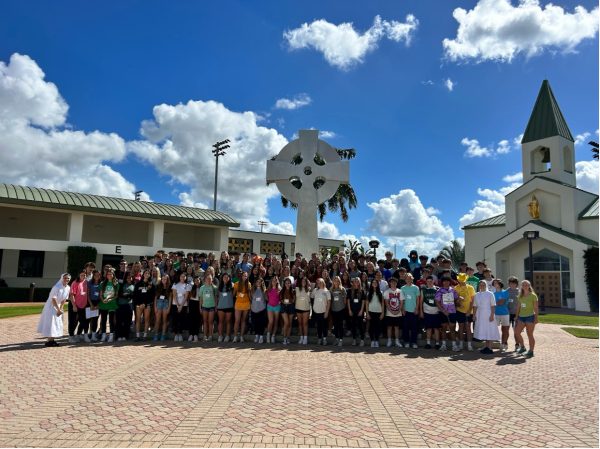
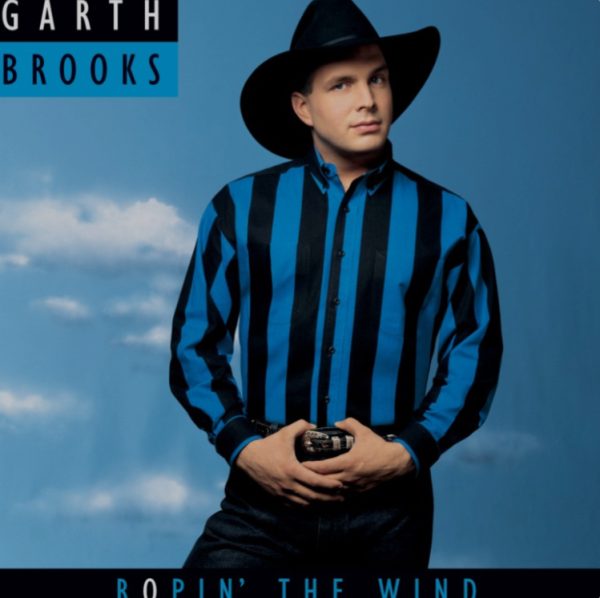

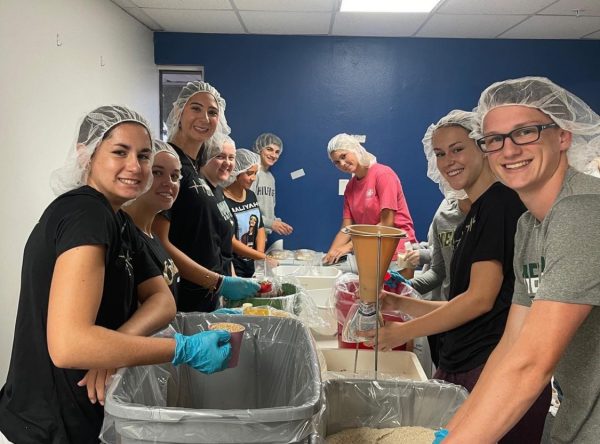




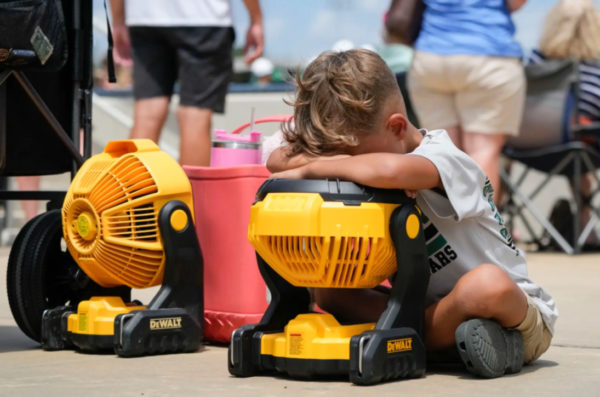
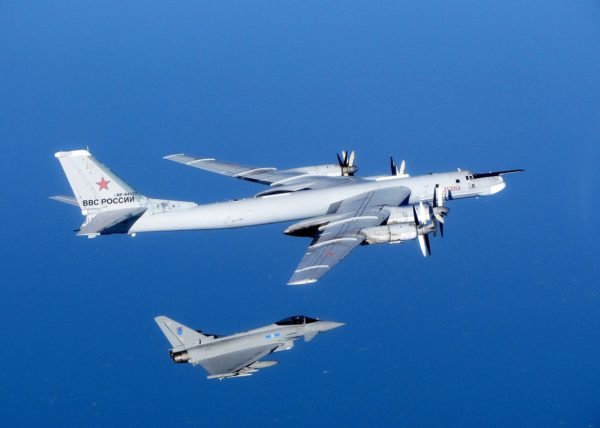
Catherine Elliott • Jan 25, 2023 at 3:09 pm
Thank you Zoe for the information on hurricanes. I definitely learned a few things from your report. I’m was particularly glad to hear that the names of severe storms are retired because they bring up sad memories for people when they hear the name. Keep up the writing.